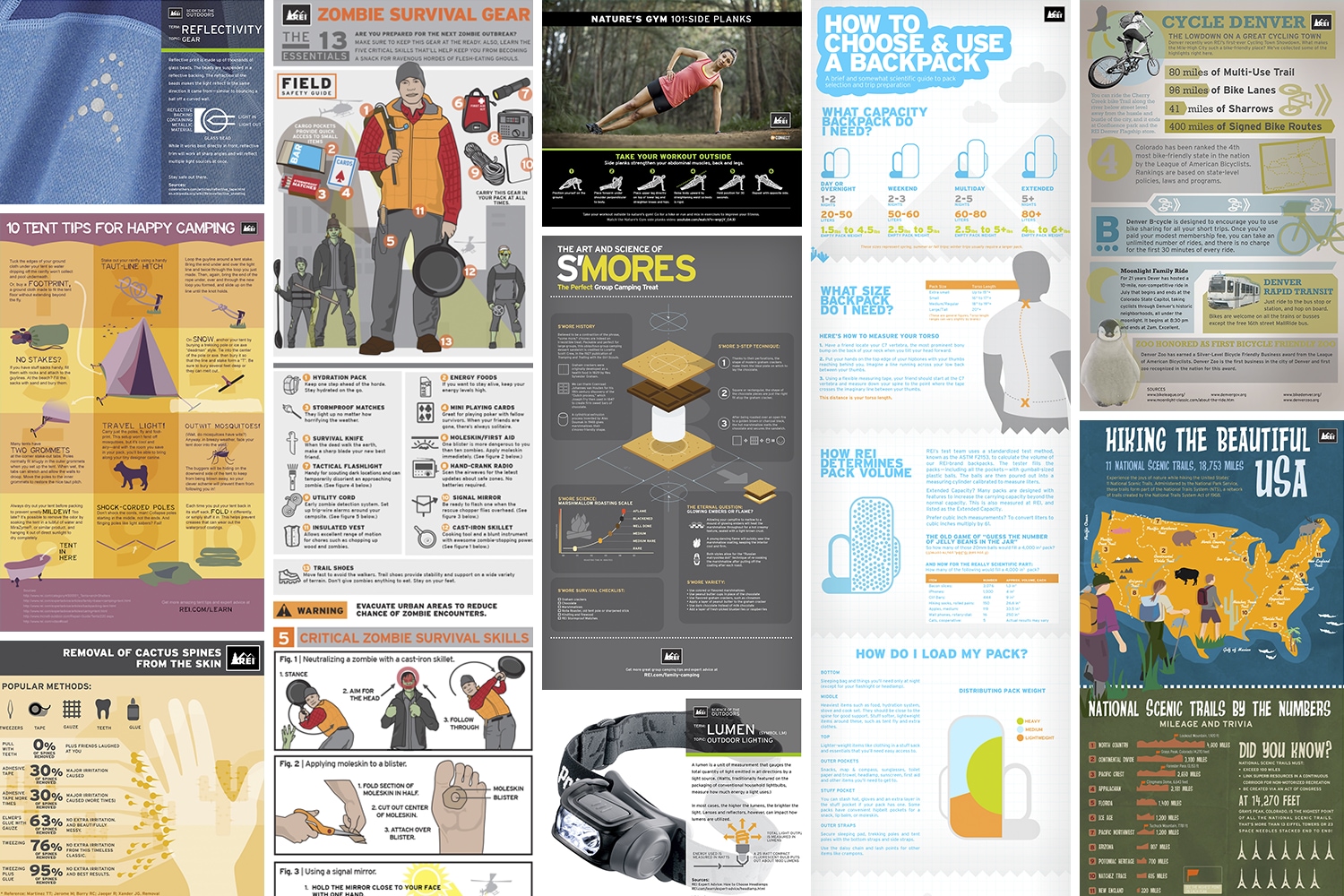Optimize Your Online Camping Tents Business Operations And Sell Camping Tents
Optimize Your Online Camping Tents Business Operations And Sell Camping Tents
Blog Article
Taking Photographs of the Evening Skies
A selection of variables can influence evening sky photography. From weather to upcoming holy events, you'll wish to prepare ahead to ensure success.
How do you keep a tent down in the wind?
The shutter speed you select identifies whether stars appear as specific pin-points or path across the image. An excellent general rule is to restrict the direct exposure to 500 seconds, or the equivalent of your lens's focal length.
Location
One of one of the most vital consider a great photograph is where you take it. Aim for locations with minimal light pollution, and stay clear of areas that have intense city lights and skyscrapers.
Likewise, look for an area that supplies foreground aspects to create compositions with. As an example, dune patterns, wind-sculpted ridges and rough outcrops can all offer intriguing foreground elements to aid inform the story of your evening skies photo.
It is likewise useful to research expensive occasions such as meteor showers and lunar eclipses to maximize opportunities for great images. Utilizing a tool such as the Photographer's Ephemeris can be unbelievably valuable when planning your shoots. It helps you to figure out moon phases, Milky Way position and various other huge events. Additionally, think about shooting in RAW format as opposed to JPEG as this provides you more adaptability when refining the images. This is specifically real if you plan to publish your pictures.
Video camera Setups
Getting the right electronic camera setups is essential for any picture, however especially so for evening sky images. A wide-angle lens is best for catching more of the Galaxy and decreasing celebrity tracks, as well as a much longer shutter speed to stop the movement of celebrities and expose their information.
For an optimum level of clearness, shoot in RAW format as opposed to JPEG, which enables you to maintain more information and offers adaptability throughout post-processing. This can additionally contribute to file dimension, so ensure you have a lot of storage area and extra sd card on hand.
Set your emphasis to hands-on concentrating by flipping the AF/MF activate your lens into MF setting. You may require to take a few examination shots and inspect the image playback on your cam's LCD screen up until you achieve best, pinpoint hands-on emphasis. It's a great concept to do this during the day with your picked lens and the place you will certainly be shooting at evening, to verify the precision of your focus setting.
Lights
A good night sky picture requires the ideal problems. This includes a dark skies, yet likewise an intriguing foreground element such as a hill on the horizon, a lake to show the celebrities, or a human element like a barn or shed. You can even make use of a headlamp to light up the foreground and include some dramatization or depth to your picture.
One of the most important electronic camera settings for night skies photography are the aperture and shutter rate. The larger the aperture, the a lot more light that reaches the sensor. This enables you to capture brilliant celebrities in a relatively brief quantity of time.
The shutter speed figures out whether your stars will be pin-point best or if they will certainly look like unique tents star tracks as a result of the Planet's rotation. Be sure to take several lengthy exposure shots and stack them in post-processing for the very best outcomes. Lastly, shoot in RAW mode to provide on your own optimal latitude in post-processing.
Composition
The trick to lovely star shots isn't a high-end telescope, a brand-new wide-angle lens or a high-grade Canon or Nikon video camera. It's technique, planning and composition.
For starters, search your shoot location ahead of time to get a feel for the format and prospective make-ups. Take into consideration including foreground components such as rocks, a lake or alpenglow on the landscape to include personality and passion to your images.
Remember the Policy of Thirds when composing your images. This basic principle assists balance and combine images. It's likewise helpful for focusing on sights in your picture, such as rock functions or the Milky Way. Likewise, remember to prepare your shoots around moon phases-- capturing at a moon can subdue stars and develop a silhouetted form, while firing on nights with a new moon can aid you see constellations extra plainly.
How do you dry a bell tent?
